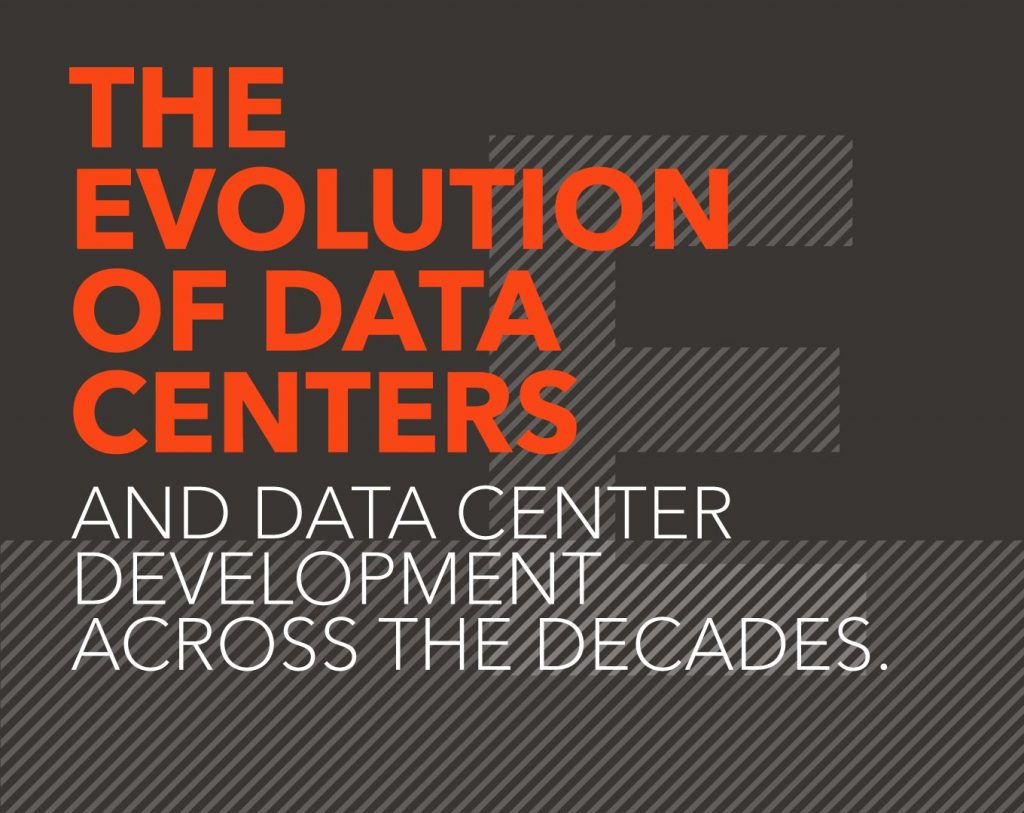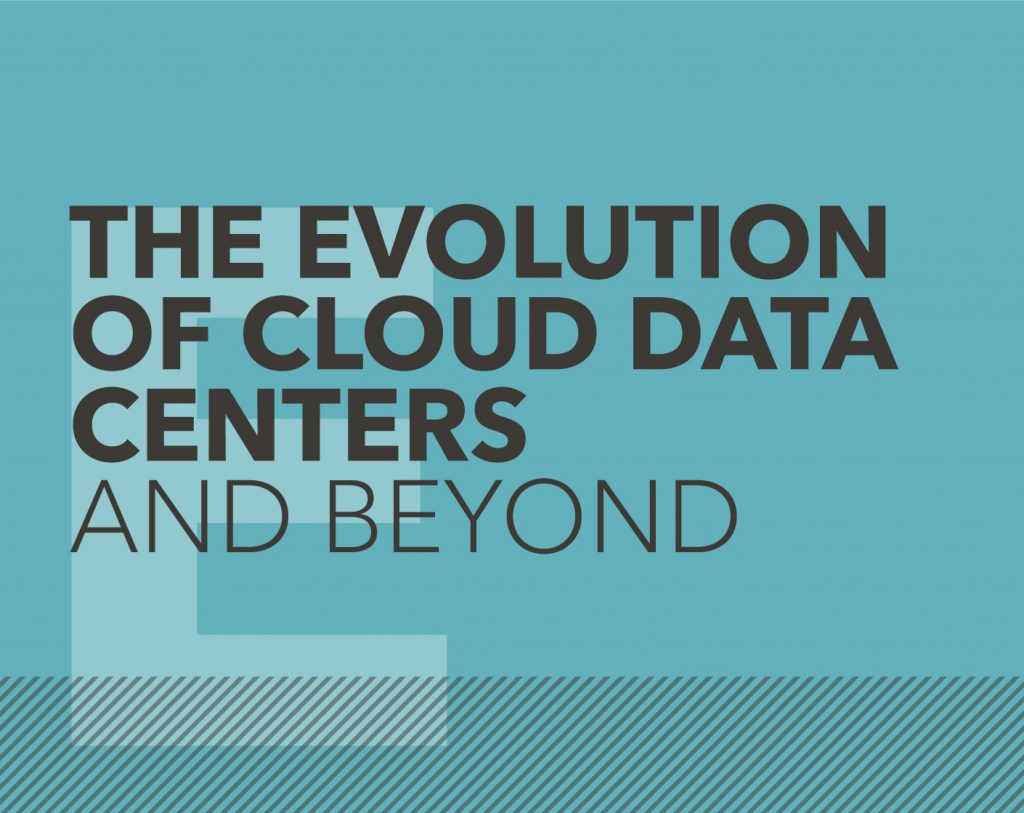The Corporate Sustainability Reporting Directive: impact, opportunities and lessons learned

For businesses across Europe, sustainability is moving from a topic of conversation to an essential reporting requirement. In some cases, it’s driving the wider business strategy.
We caught up with Vijay Bedarkar, Sustainability and ESG Manager at Yondr and Susanne Baker, a Partner at ERM to hear more about the practical application and impact of sustainability reporting for businesses and the data center industry in particular.
Susanne, what is CSRD?
SB: The Corporate Sustainability Reporting Directive (CSRD) was passed by the European Parliament and EU Council in December 2022, with the first stage taking effect from 2024. Over the coming years, CSRD will impact 50,000 businesses across Europe, and beyond.
CSRD expands on other existing ESG reporting frameworks: it’s mandatory, extensive, requires the disclosure of information from across the value chain, and final reports need to undergo assurance from an independent auditor. It really is lifting ESG reporting so it has the same integrity and rigor as reporting of financial data.
As such, the requirements are rigorous and extensive. Mandated companies need to follow a single reporting standard (outlined in the European Sustainability Reporting Standards Regulation), complete a double materiality assessment (both impact and financial) and use an electronic reporting format. It means that the depth, transparency and comparability of ESG data is set to increase – significantly.
What benefits do companies gain from CSRD?
SB: Companies have much to gain from this. Improved transparency and accountability will help businesses take control of their material impact and begin working towards operating sustainably. It should also help companies in securing green finance, which in turn will lower the cost of debt. So, there are real rewards for companies that use this as an opportunity to lift their sustainability performance, rather than just seeing it as a compliance exercise.
How does this affect the data center industry?
SB: For the data center industry, this should be seen as a timely opportunity. Demand for data centers is growing, but so is media and regulatory scrutiny of the industry. Data center companies must demonstrate how they can grow ethically, responsibly and sustainably. CSRD provides the vehicle to credibly do that. Ultimately, CSRD is a reporting mechanism. But there’s room to do more with it.
Where is Yondr on its CSRD journey, Vijay?
VB: Although CSRD in its simplest form is a reporting mechanism, we are using it to engage the business and drive meaningful change in key material ESG areas.
Our first CSRD-compliant report is due in 2026, based on 2025 data. But this isn’t our first sustainability report. We delivered our first ESG report with the support of ERM in June 2024, which allowed us to set up relationships, processes and tools for ongoing sustainability reporting.
So far, we’ve completed a double materiality assessment. This is where we established the key ESG impacts, risks and opportunities for Yondr. We’re currently reviewing the quality and availability of our ESG data, reviewing policies and processes and creating plans and targets for each material area.
It’s a new challenge for us – as it is for many companies. There’s a lot to navigate. We’re still figuring out the right stakeholders to involve and exploring how we can embed new processes where teams are already stepping up and doing more.
How did you engage the business and senior leaders?
VB: We realised early on that senior leadership buy-in was essential. You need a team to steer the ship and govern the strategy. We set up a sustainability steering committee that includes all members of our Executive Leadership Team and is responsible for ensuring CSRD compliance and addressing material impacts, risks and opportunities. With an engaged and responsive senior leadership on board, it’s simpler to embed sustainability into your daily operations.
Senior leader sponsorship provides a mandate to proceed and a forum to help steer the strategy. However, it is essential to distil the complexity of CSRD into a digestible manner for all colleagues. CSRD is sector-agnostic (at least until the sector-specific standards are confirmed) and that means the business needs to understand exactly how these different regulations will impact a data center company specifically and each team within it.
Building relationships with each department, understanding their processes and developing their knowledge of CSRD and the impact on their team are all essential to helping to embed this. Given the busy workloads of our co-workers, we’ve established a CSRD project group to provide some structure and collaborated on timelines and how to feed information in a manner that suits each team. Given there are several fairly demanding asks of the business, from CSRD to the EU Taxonomy to general ESG reporting, we’ve looked to stagger these initiatives to accommodate other business priorities.
For other companies setting up their ESG programme from scratch, note that this isn’t a weakness, but a strength. You have the opportunity to create the right internal structures and teams from the beginning. Sustainability reporting isn’t a one-off and you’ll call on these people and processes again.
Were you surprised by anything in your double materiality assessment?
VB: The material topics we uncovered in our ESG report didn’t come as a surprise. But our internal stakeholders’ appetite for getting involved was unexpected. Once the jargon was stripped back and teams could see the purpose of the exercise, they rallied around the CSRD work. And this helped us unearth some invaluable opportunities – areas that will be integral to the success of our sustainability strategy.
What have you learned during the CSRD reporting process?
VB: Having a strong mix of internal and external stakeholders involved in the engagement stage of your double materiality assessment is key. Depending on your business set-up, aim to include investors, clients, trade associations, NGOs and all members of your leadership team.
Drawing from a wide circle will make your double materiality assessment more comprehensive and credible because internal and external stakeholders bring different perspectives. For example, investors and trade associations could see shifts in market demand or regulatory changes you’re not aware of internally.
Sustainability reporting in line with CSRD requires companies to be introspective – but that’s not to say there isn’t a place for collaboration. Don’t be afraid to speak with peers and other organisations about their challenges and recommendations. Trusted relationships where you can sound ideas out and learn how others have navigated challenges will help drive your sustainability strategy forward.
And finally, CSRD is one of many ESG reporting frameworks. Do your research as there will likely be others in the pipeline that you’ll need to report on.
What advice would you give to a company starting its CSRD reporting journey?
VB: You’ll need an independent auditor to review your double materiality assessment, so engage with your CSRD assurance partners early. The same goes for getting your finance, legal and risk teams onboard. Do this sooner rather than later to make sure everyone is aligned and up to speed from the get-go.
We’re seeing lots of overlap between our material ESG areas and those of our clients. Topics like energy consumption, community engagement, employee wellbeing and health & safety are sector-wide issues. Making progress on these issues isn’t just beneficial to individual data center companies – it has the potential to benefit our industry and clients.
If you’d like to learn more about Yondr’s sustainability approach, read our 2023 ESG report.
Learn more about how ERM provides end-to-end CSRD support.



